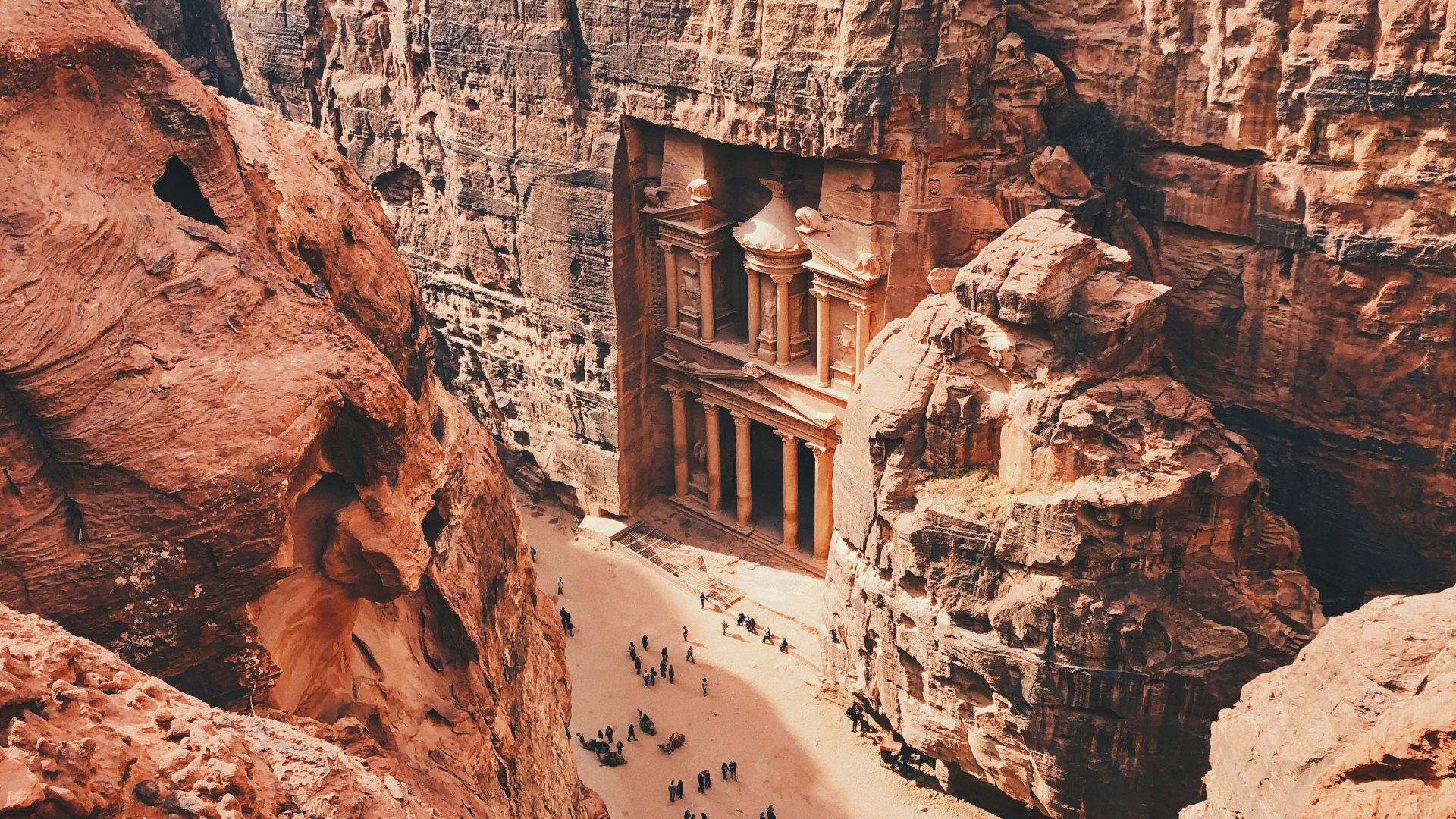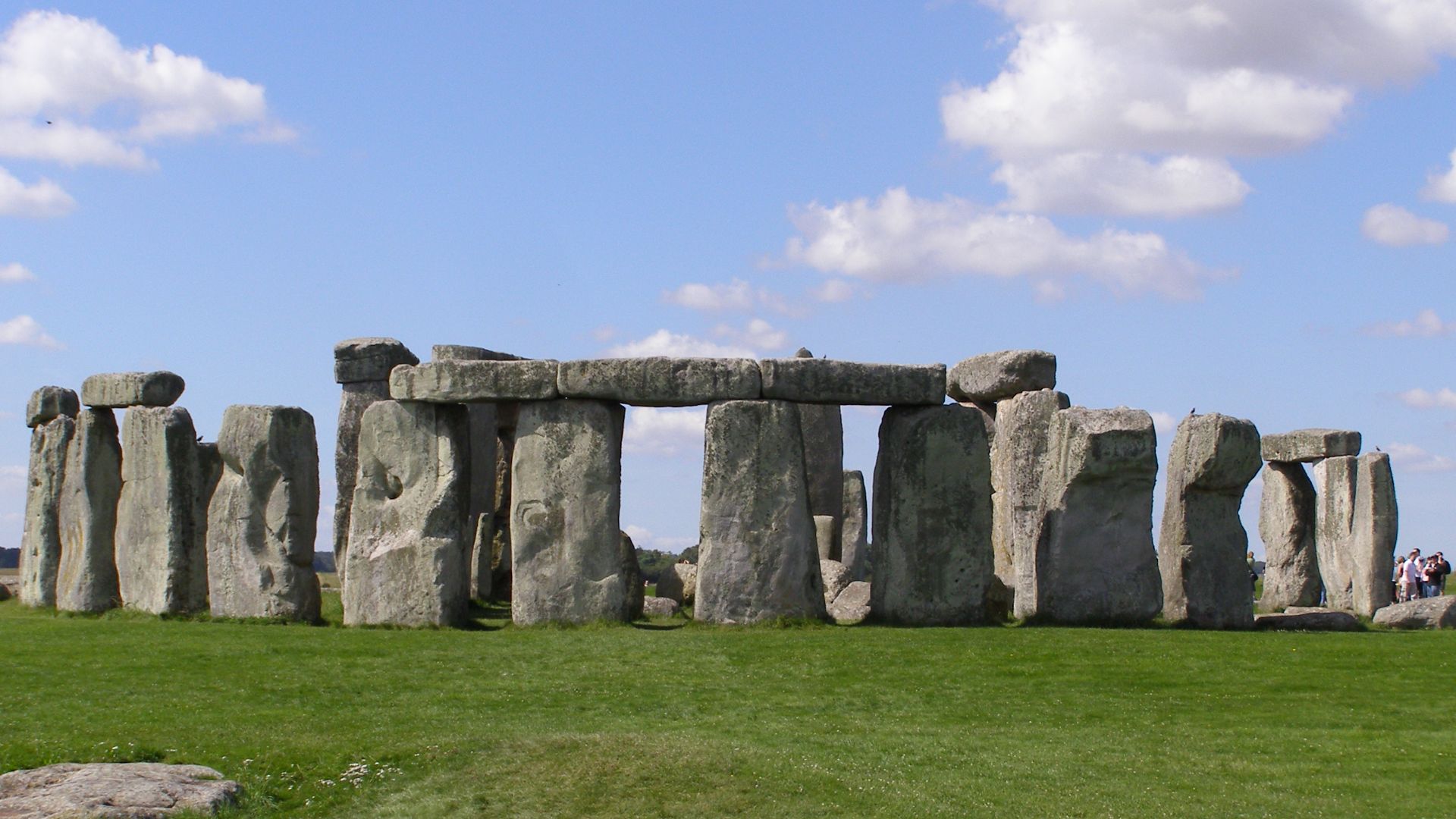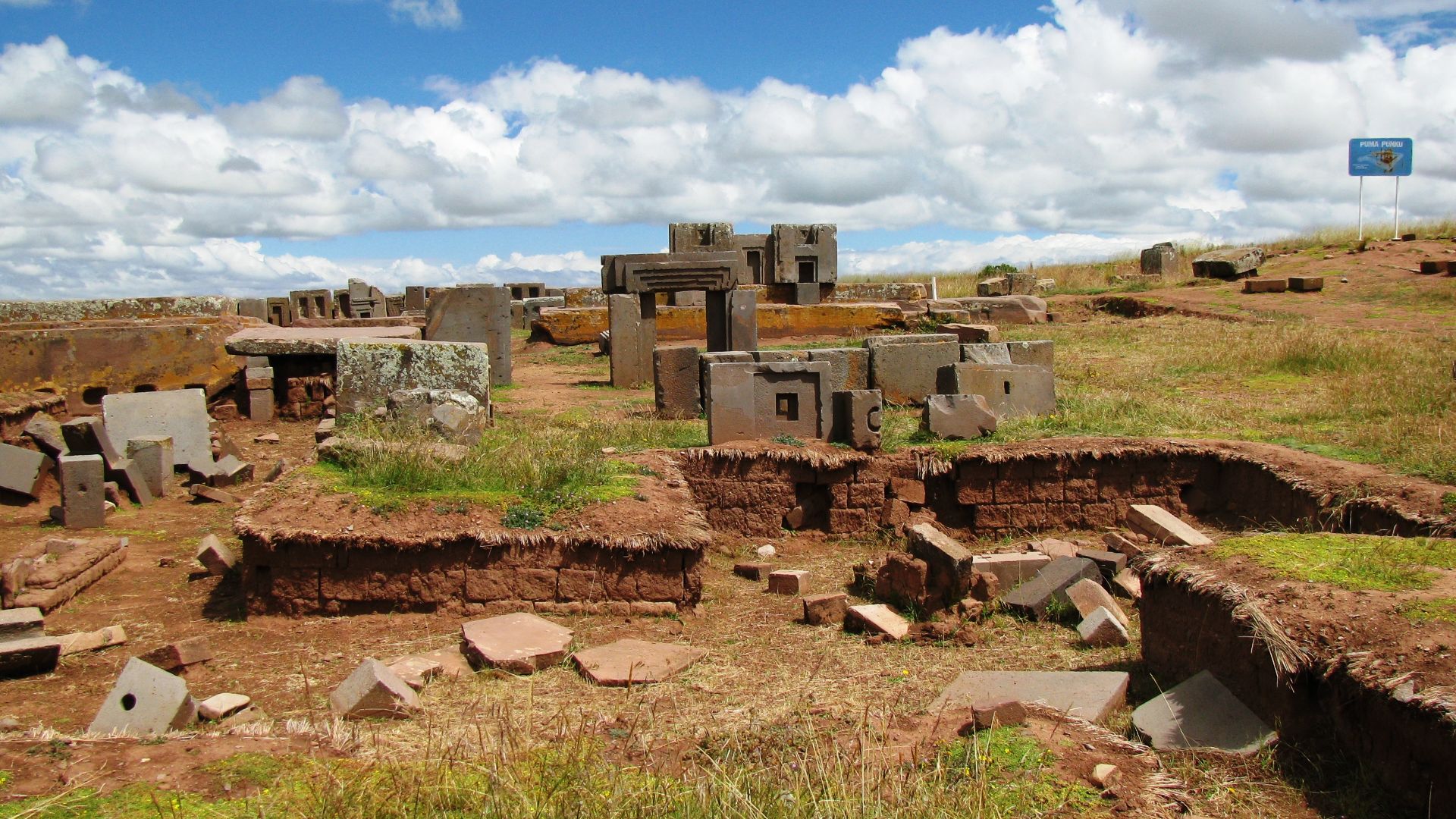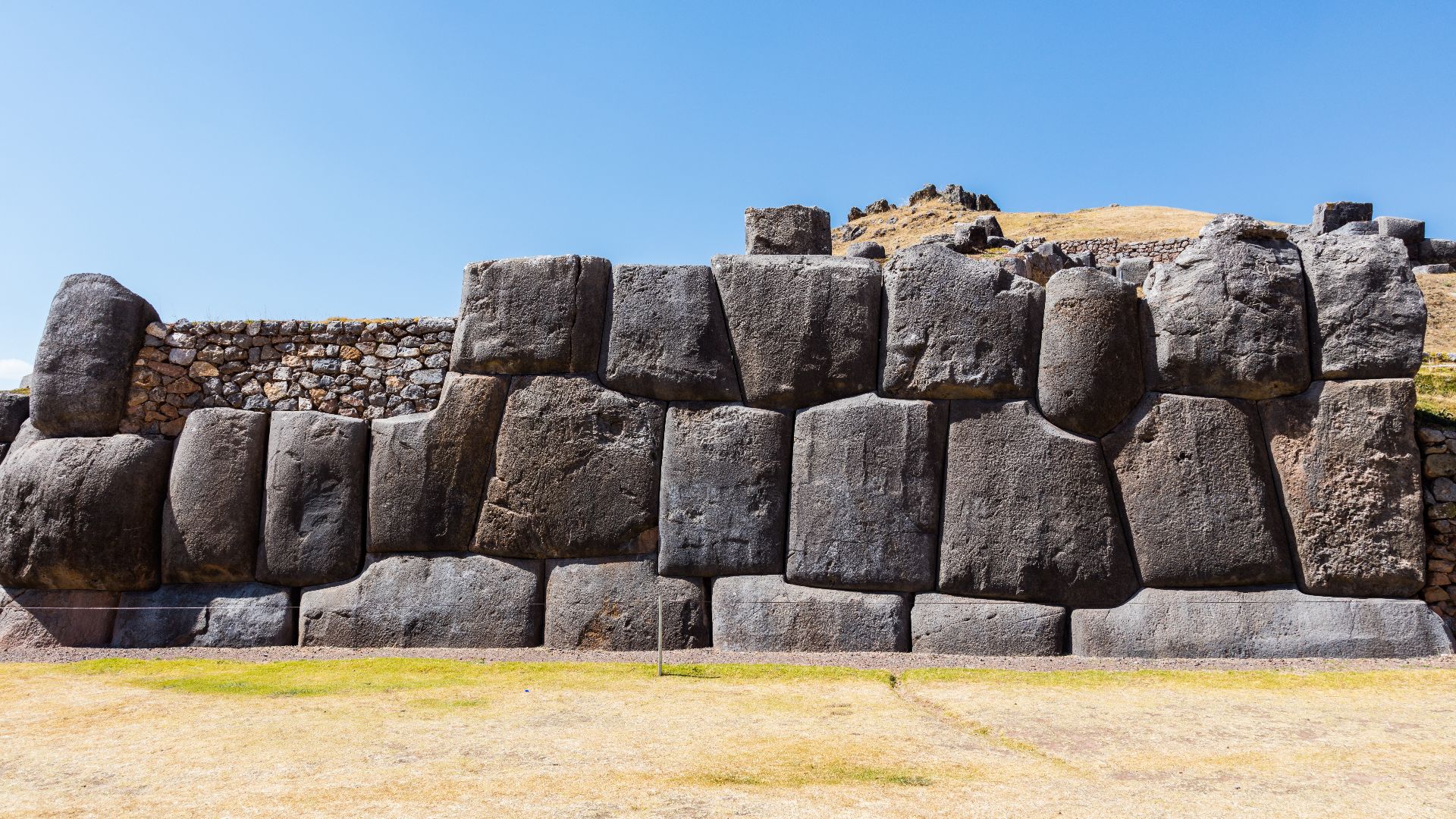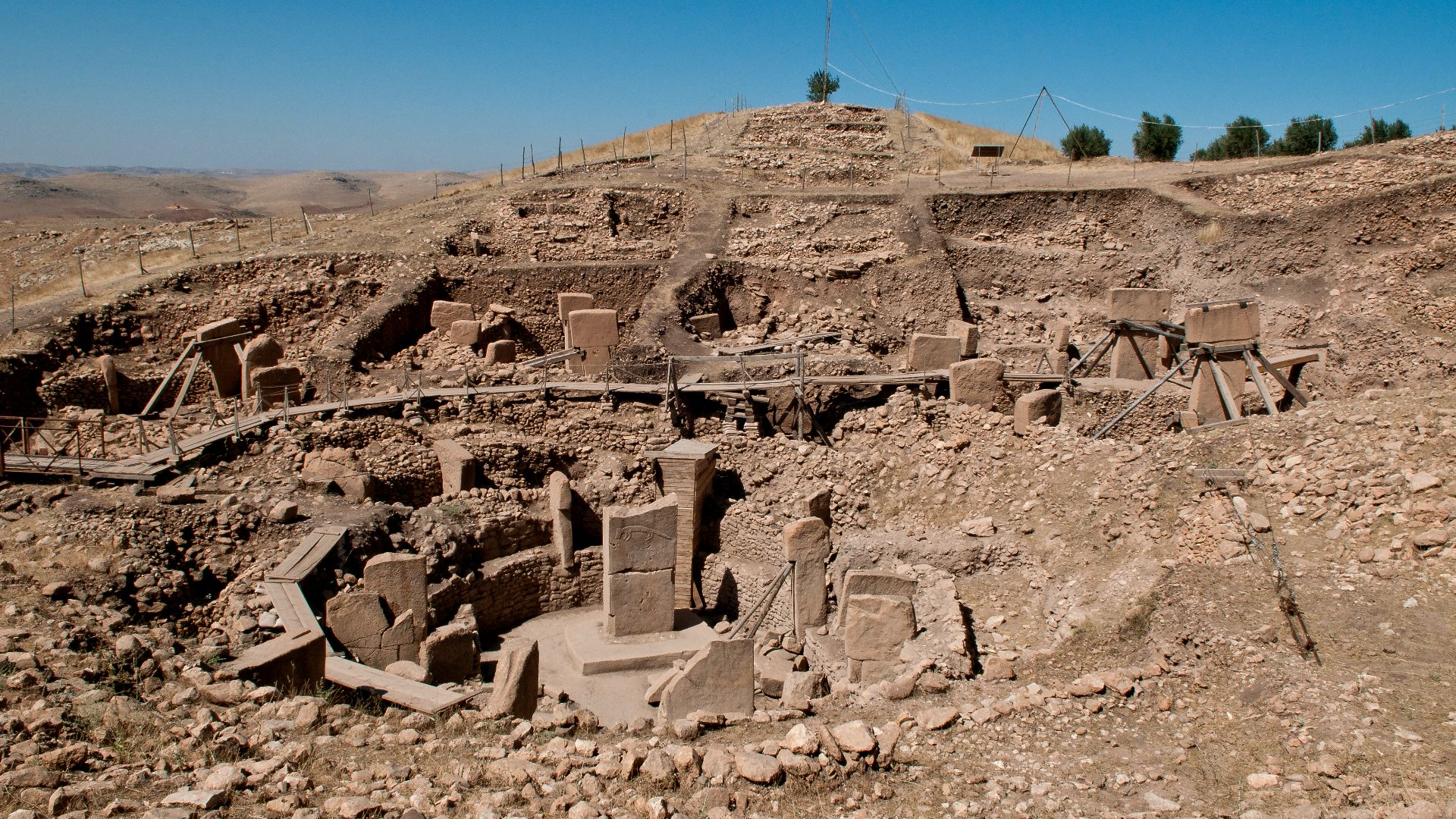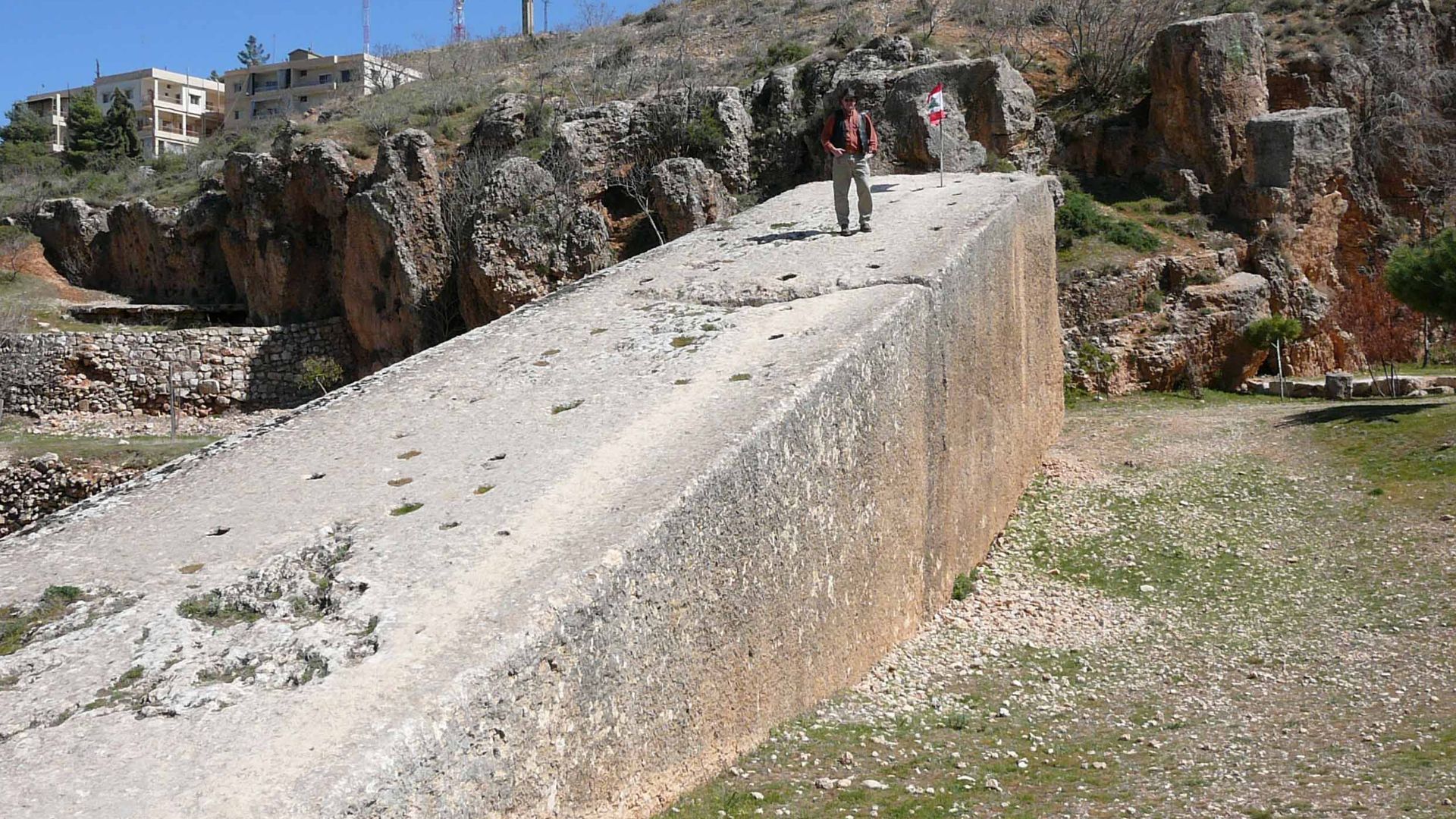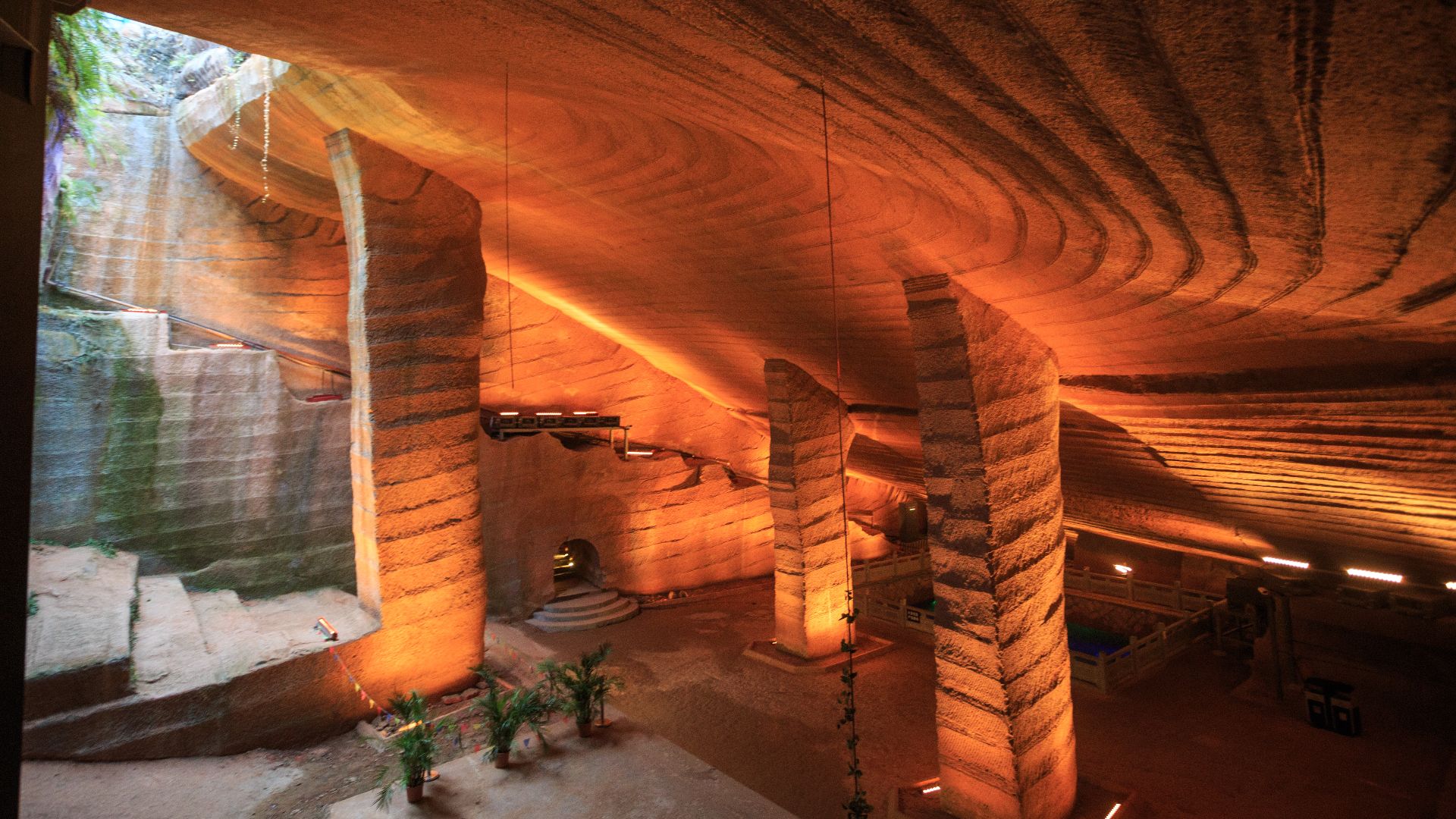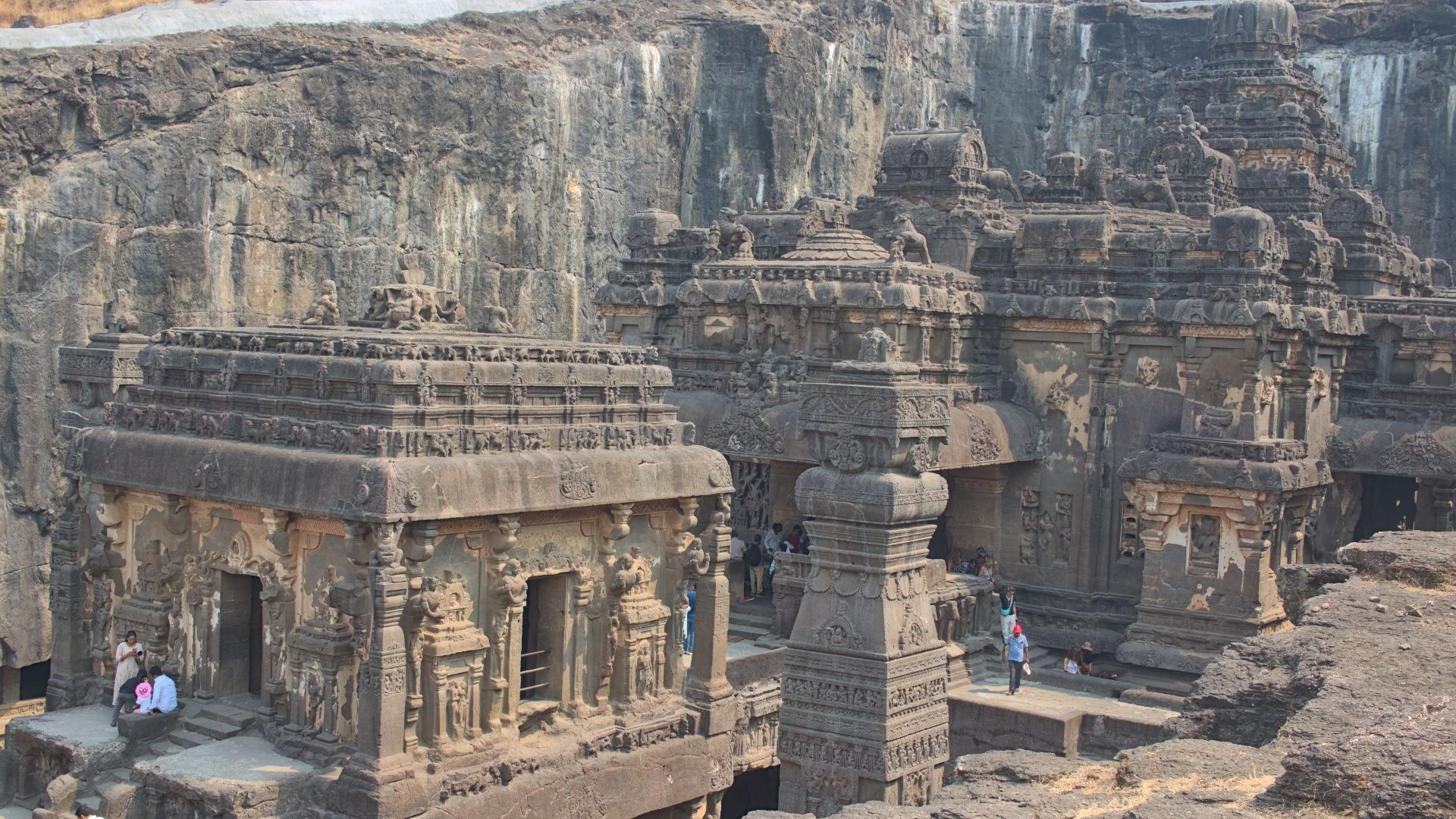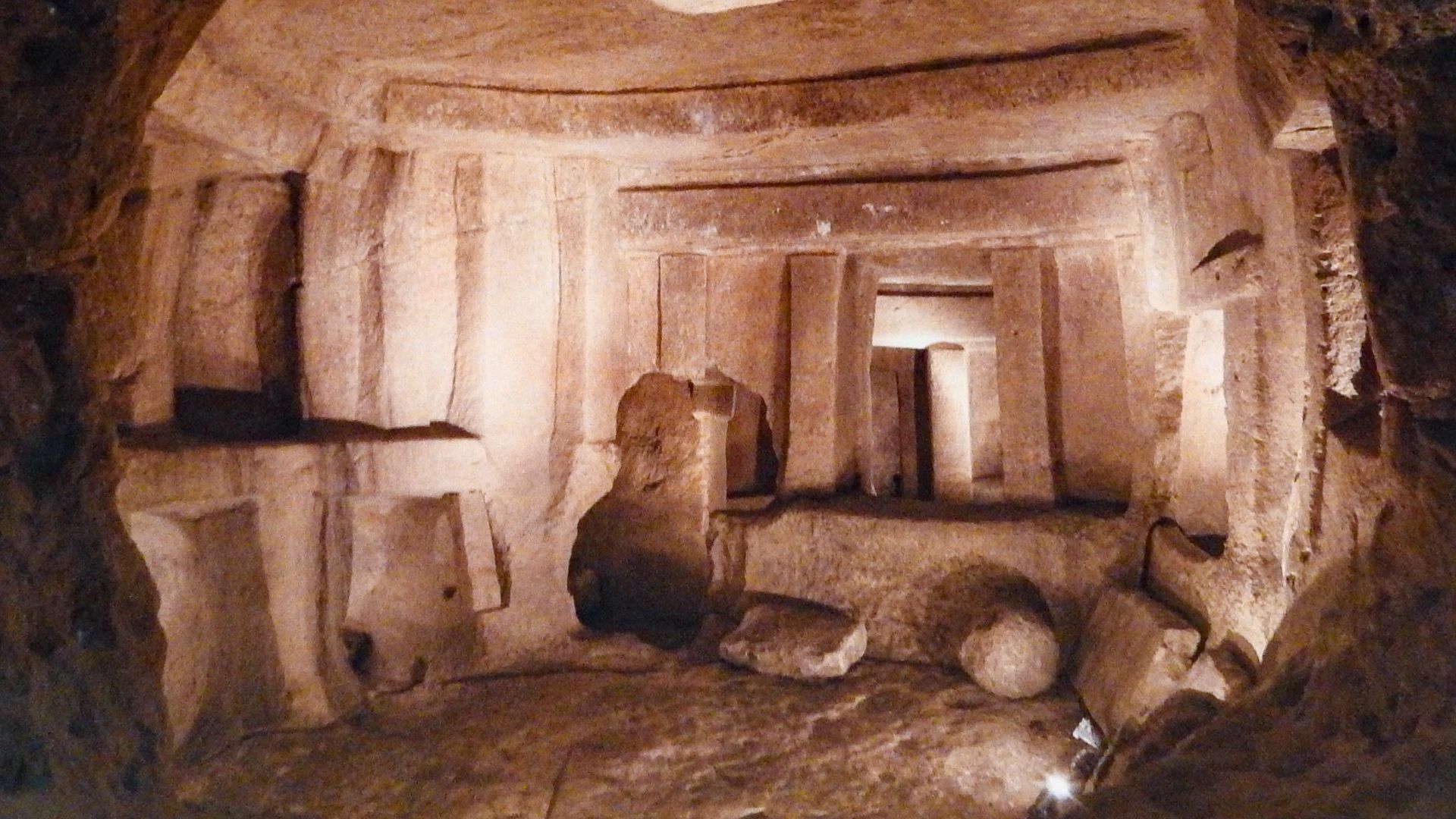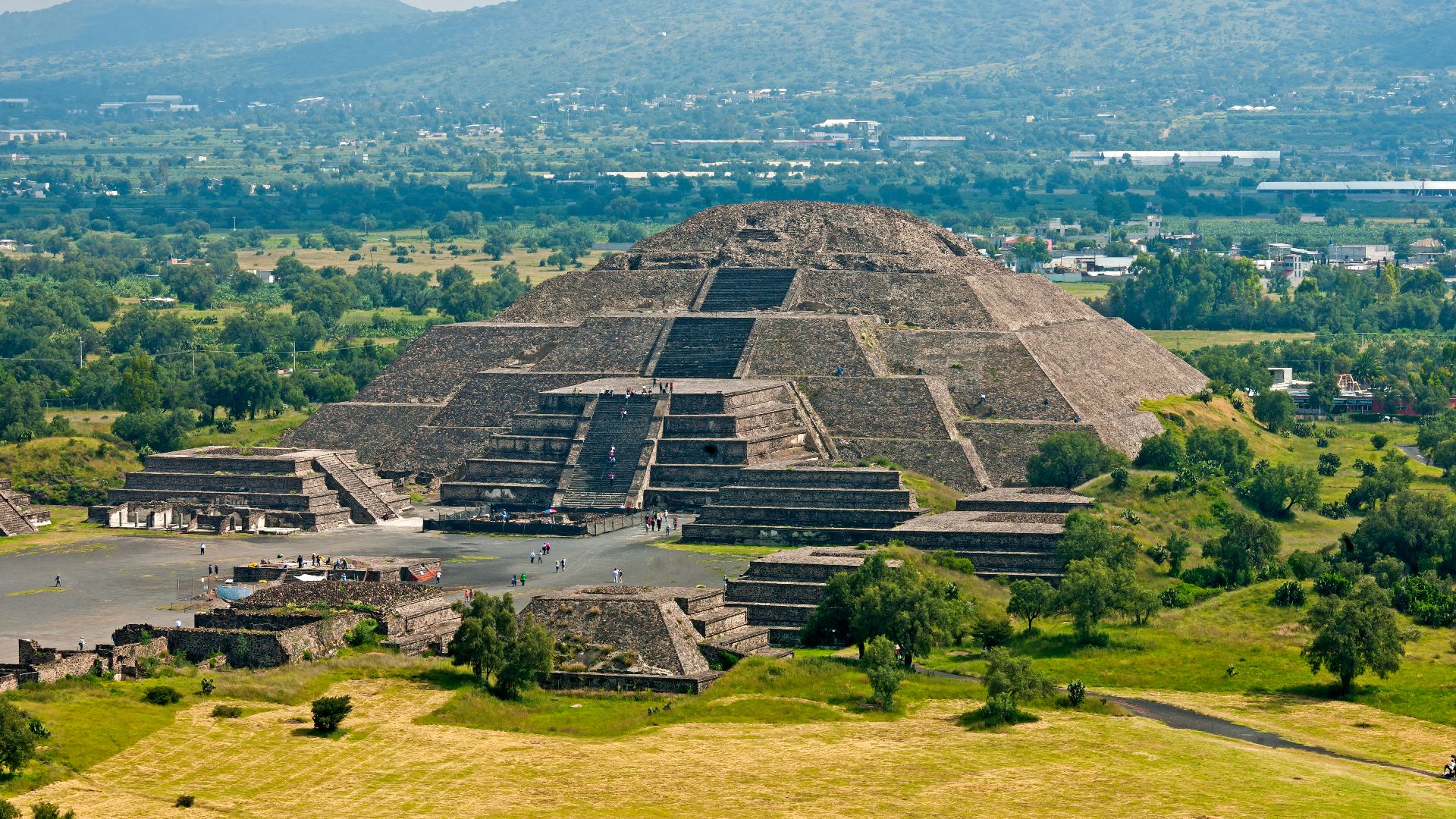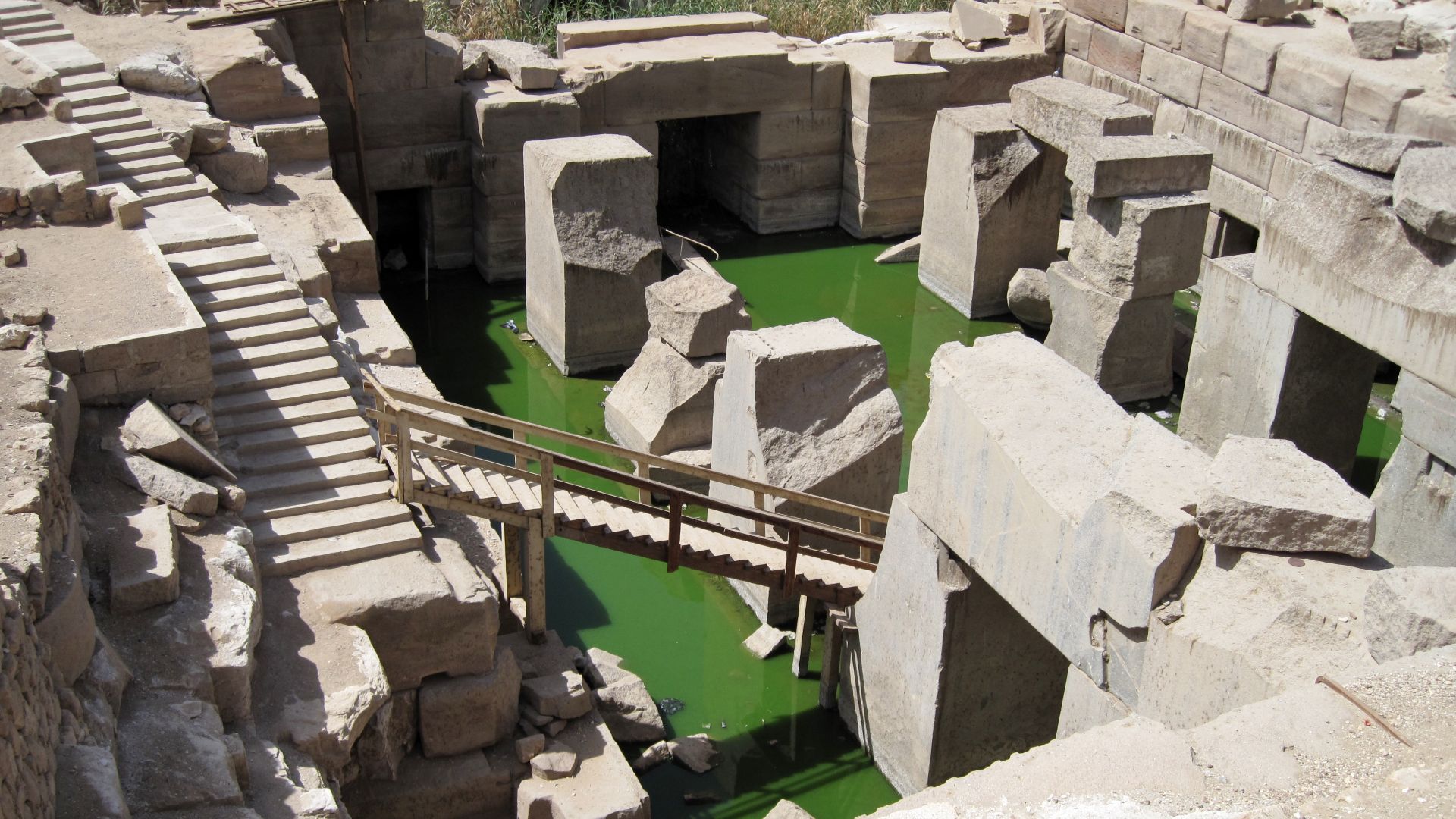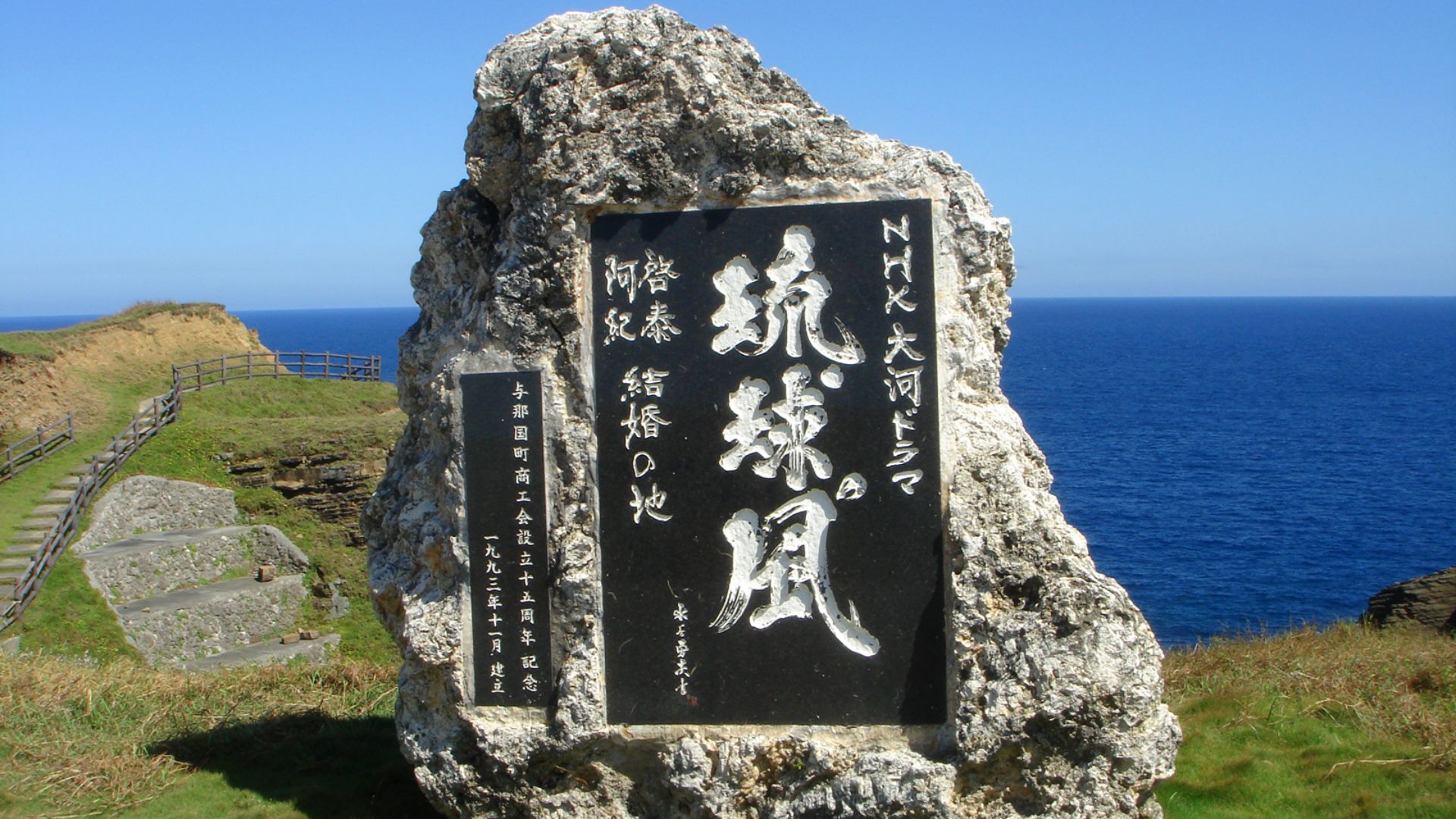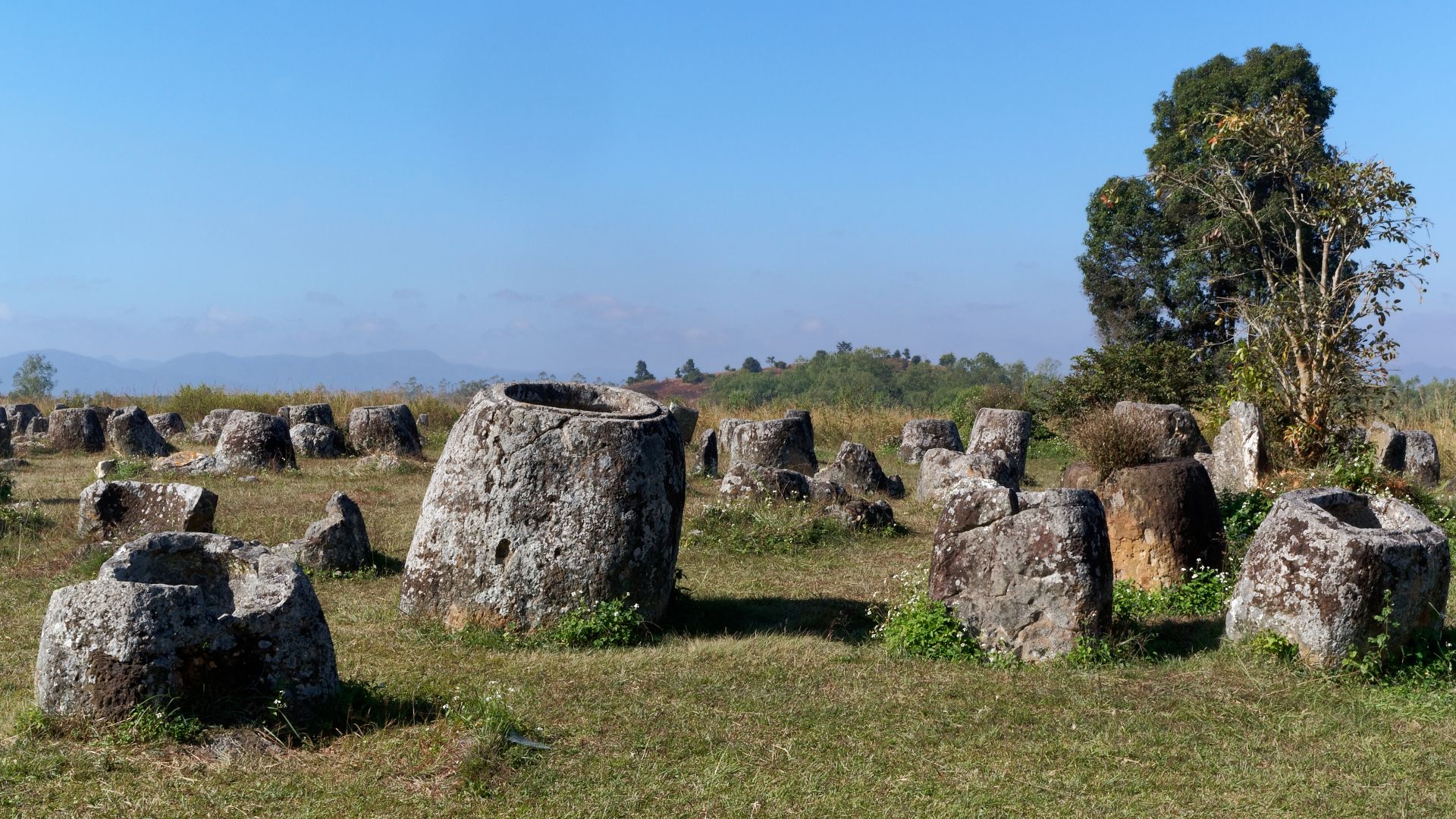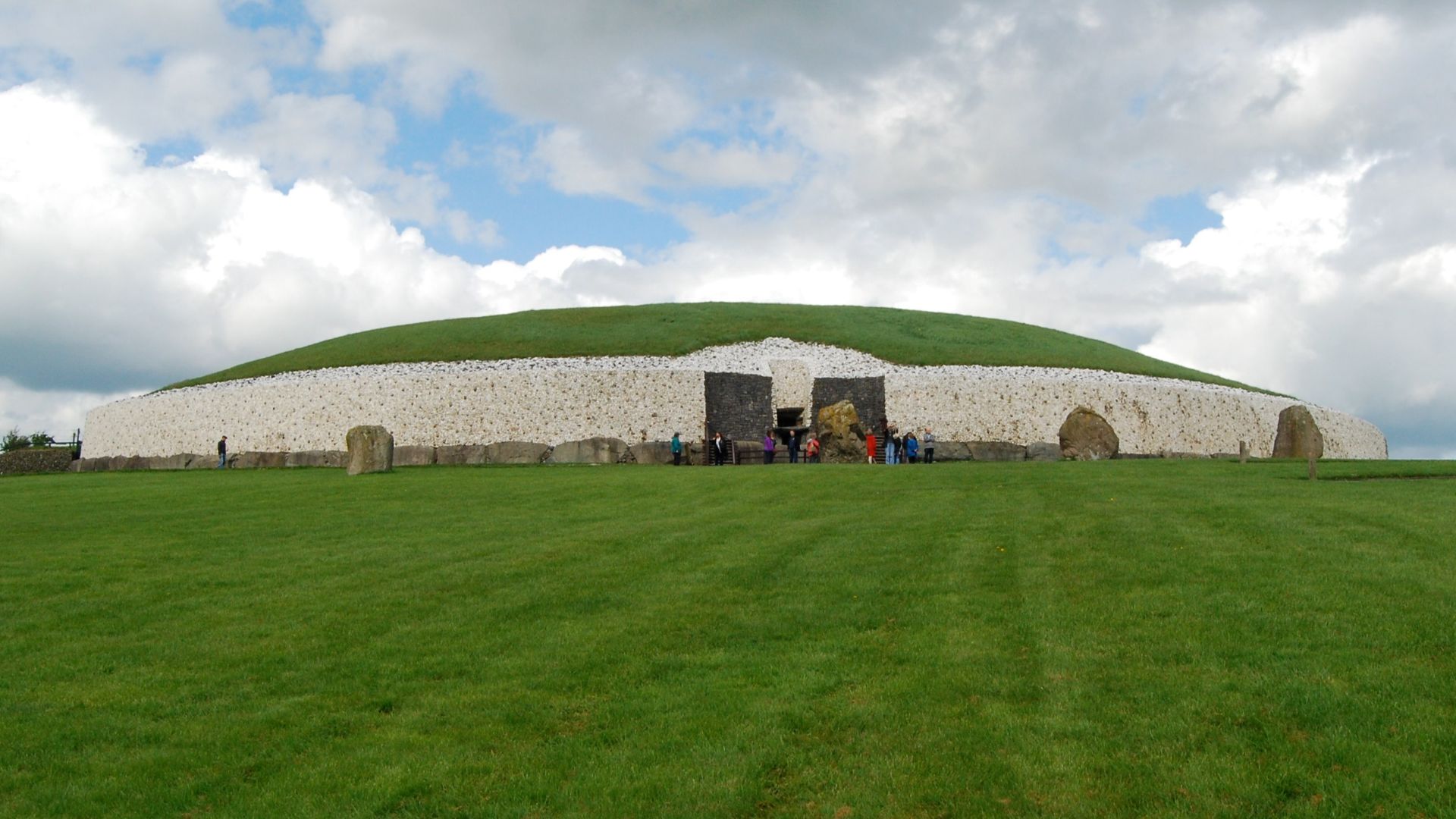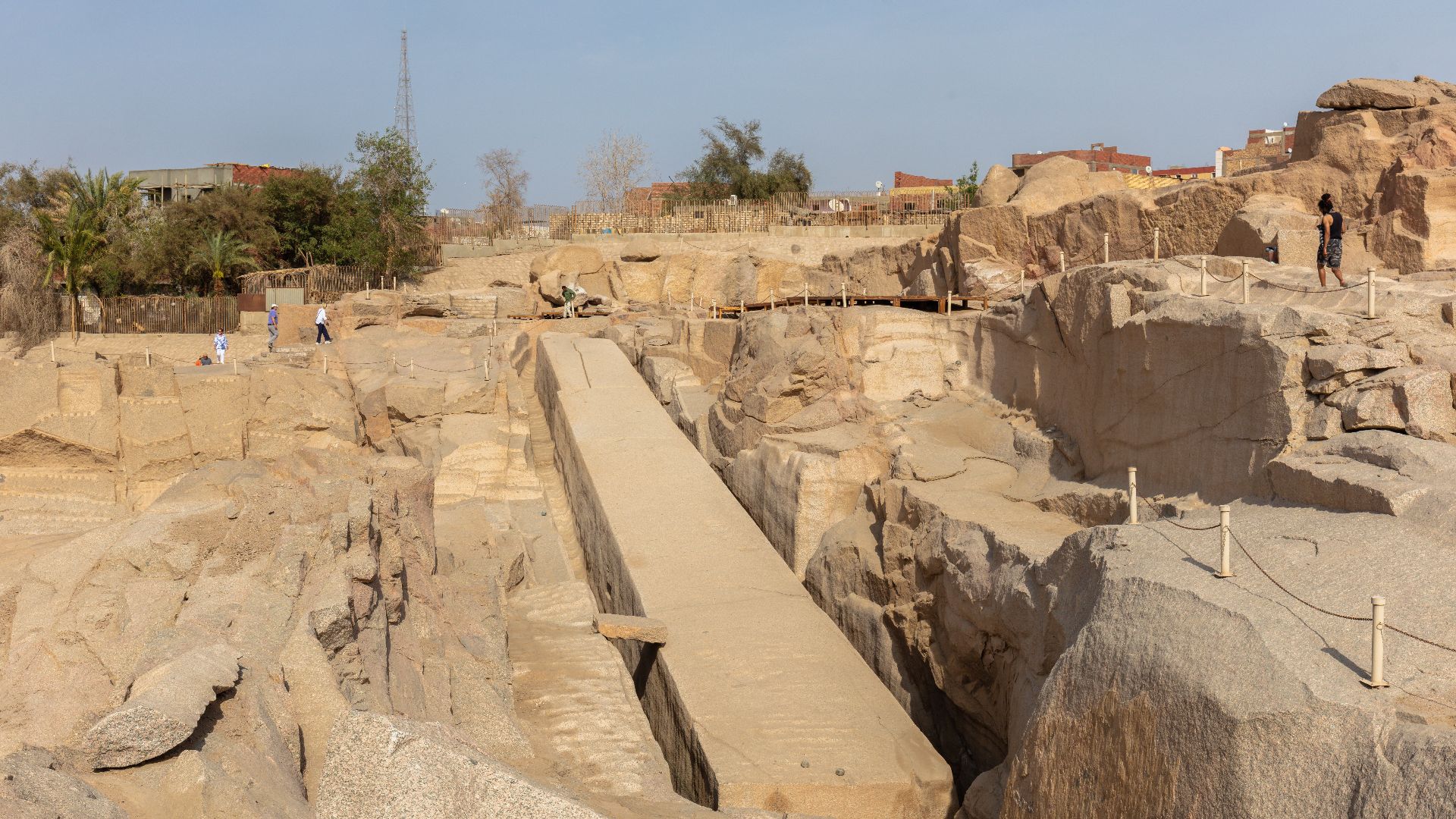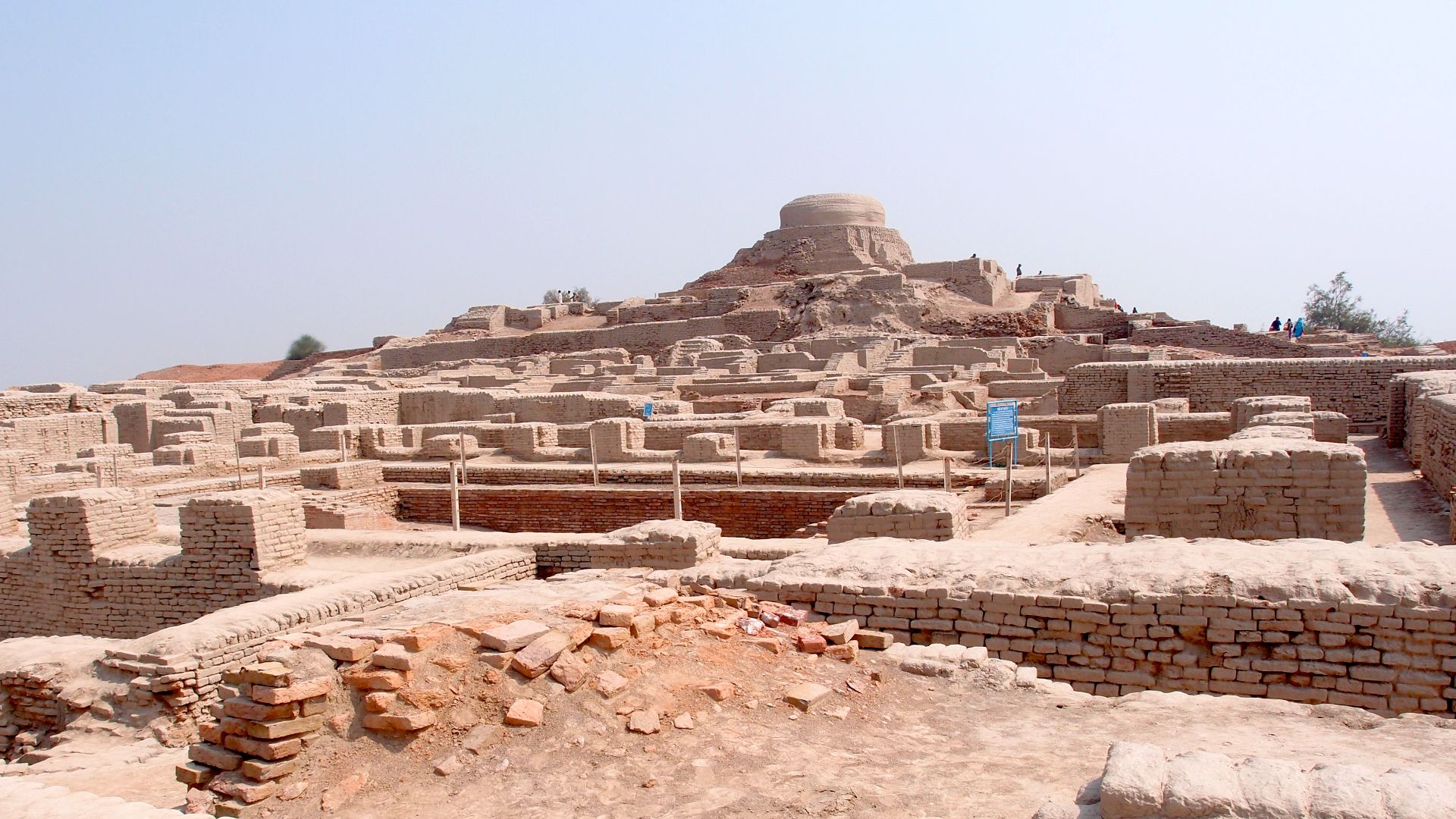Most Baffling Constructions In History
Ancient architecture often stirs admiration, but some structures do more than impress. They challenge historical timelines and leave modern experts scratching their heads. Built with unexplainable precision, on a massive scale, or employing forgotten techniques, such marvels raise more questions than answers. Their purposes and construction methods remain unsolved, and they spark endless curiosity. Want to step into the mystery? Here are 20 architectural wonders that continue to baffle the modern world.
1. The Great Pyramid Of Giza, Egypt
Built around 2560 BCE, this pyramid aligns perfectly with cardinal points, defying simple explanations. Its limestone blocks, which weigh up to 80 tons, were somehow placed with astounding accuracy. No hieroglyphs reveal how or why it was built, and its internal chambers display advanced mathematical precision.
 Douwe C. van der Zee on Wikimedia
Douwe C. van der Zee on Wikimedia
2. Stonehenge, England
Stonehenge’s bluestones were transported over 150 miles without wheels or beasts of burden. The design aligns precisely with the solstices, reflecting a remarkable level of astronomical sophistication. Built over centuries in distinct phases, the monument’s original intent remains unknown despite exhaustive research. Even its construction timeline is a mystery.
3. Puma Punku, Bolivia
At 12,000 feet above sea level, Puma Punku’s massive stones were cut and shaped with machine-like precision. Some blocks weigh hundreds of tons and interlock flawlessly. Scholars are still baffled by how such complex engineering was achieved without metal tools or written plans.
4. Sacsayhuamán, Peru
The fortress walls of Sacsayhuamán consist of perfectly interlocking stones, some weighing over 100 tons. Although no mortar was used, the fit is so exact that a blade of grass cannot slide between. Their earthquake-resistant layout and mysterious construction techniques continue to puzzle archaeologists.
5. Gobekli Tepe, Turkey
Predating agriculture and writing, Gobekli Tepe features massive T-shaped pillars with symbolic carvings. Its scale implies coordinated labor, yet it was built by a supposedly nomadic society. The entire complex was mysteriously buried thousands of years after use, leaving behind no clear explanation.
6. Baalbek's Trilithon Stones, Lebanon
At Baalbek, three stones—each over 800 tons—form part of a platform whose construction predates Roman additions. These megaliths were fitted without mortar using techniques lost to time. Despite their size, no records explain how they were moved or why such immense stones were required.
7. Bada Valley Megaliths, Indonesia
These towering statues are scattered through Bada Valley. They were carved from single stones, with no written history or evidence of tools. Some stand over 4 meters tall and feature unique stylized faces. Their creators are still unidentified, and the sheer number suggests a complex civilization now entirely lost.
8. The Longyou Caves, China
These caves were hand-carved into sandstone, spanning vast underground chambers with uniform striations. Archaeologists have yet to find any tools at the site, and historical texts are silent on their existence. Their scale and structural planning defy logic, hinting at surprising ancient capabilities.
9. Nan Madol, Micronesia
Built on coral reefs, Nan Madol consists of nearly 100 islets formed from massive basalt columns. There’s no explanation of how people could have transported these stones across the water back then. Oral histories speak of magic, and modern science has yet to uncover the facts.
10. The Kailasa Temple, India
This structure was excavated top-down from a single basalt rock. It required the removal of over 200,000 tons of stone. Despite its immense scale and fine sculptural detail, no construction records survive. The temple’s flawless symmetry challenges what was thought possible in 8th-century India.
11. The Hypogeum of Ħal Saflieni, Malta
Hidden beneath Malta's surface, this Neolithic labyrinth was carved with unknown tools over 5,000 years ago. The structure's "Oracle Room" amplifies sound in ways nobody can fully understand. With no documents and unexplained lighting techniques, its original purpose is a deep mystery.
12. Teotihuacan's Pyramids, Mexico
This monumental layout reveals a level of planning unmatched in Mesoamerican history. The Pyramid of the Sun aligns with celestial events, and mercury discovered beneath its temples hints at unknown rituals. No one knows about the builders and their language, even today.
13. Derinkuyu Underground City, Turkey
This underground city, carved deep into a volcanic rock, spans 18 levels. It once sheltered up to 20,000 people. Complete with ventilation shafts, wells, and religious rooms, the city’s purpose and creators remain unidentified. The huge scale suggests a society driven by fear—or foresight—researchers still don’t understand.
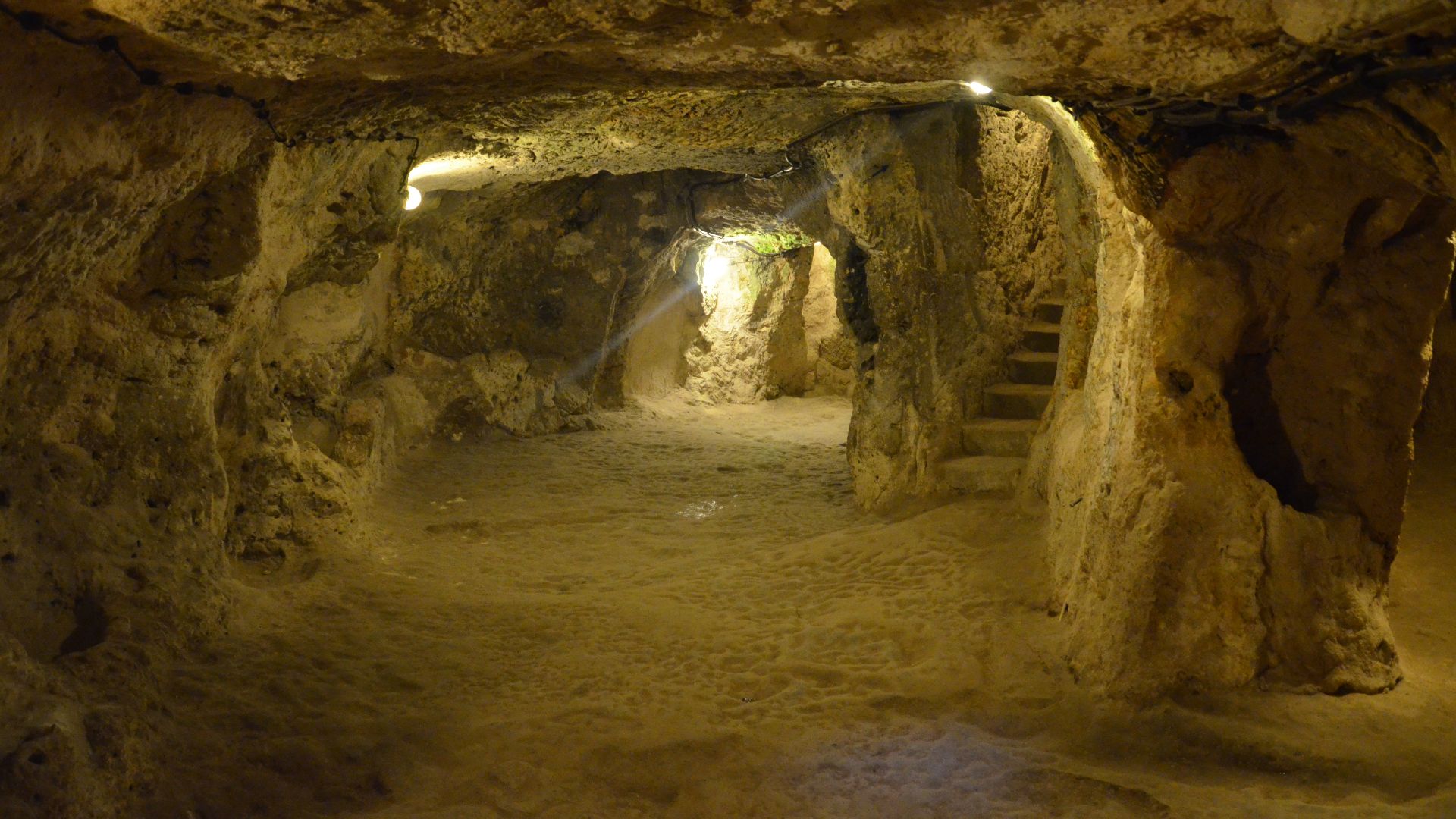 Ahmet KAYNARPUNAR on Wikimedia
Ahmet KAYNARPUNAR on Wikimedia
14. The Osirion At Abydos, Egypt
Unlike its surrounding temple, the Osirion features granite blocks with water erosion patterns, suggesting it predates dynastic Egypt. Its construction style resembles no other structure in the region. Without inscriptions or quarry traces, its origin, function, and exact age continue to challenge mainstream timelines.
15. The Yonaguni Monument, Japan
Off Japan’s coast lies a massive underwater formation with flat platforms, right angles, and steps. Some claim it’s a 10,000-year-old sunken city. Others insist it’s natural rock. No artifacts exist—only questions chiseled deep beneath the sea.
16. The Plain Of Jars, Laos
Across the misty plains of Laos lie thousands of giant stone jars. Weighing several tons each, these megaliths were crafted and placed using tools that were likely from the Iron Age. Archaeological evidence, including human remains and burial goods found around the jars, supports their use for burial rituals.
17. Newgrange, Ireland
Newgrange is older than both Stonehenge and the Egyptian pyramids, built around 3200 BCE. Its inner chamber aligns with the rising sun on the winter solstice, flooding the passage with light for just 17 minutes. The construction precision remains astonishing, given its age.
18. The Unfinished Obelisk, Egypt
What could have become the largest obelisk ever carved lies abandoned in its Aswan quarry. Weighing over 1,000 tons, it cracked before completion, but it offers insight into ancient Egyptian techniques. Still, the absence of suitable tools or transport methods leaves its story frustratingly incomplete.
19. The Treasury At Petra, Jordan
Though the Treasury’s ornate façade, carved into solid rock, dazzles with Hellenistic design, it conceals more than it reveals. Legends speak of hidden riches, though its true function remains unknown. No scaffolding traces or instructions explain how it was executed so perfectly.
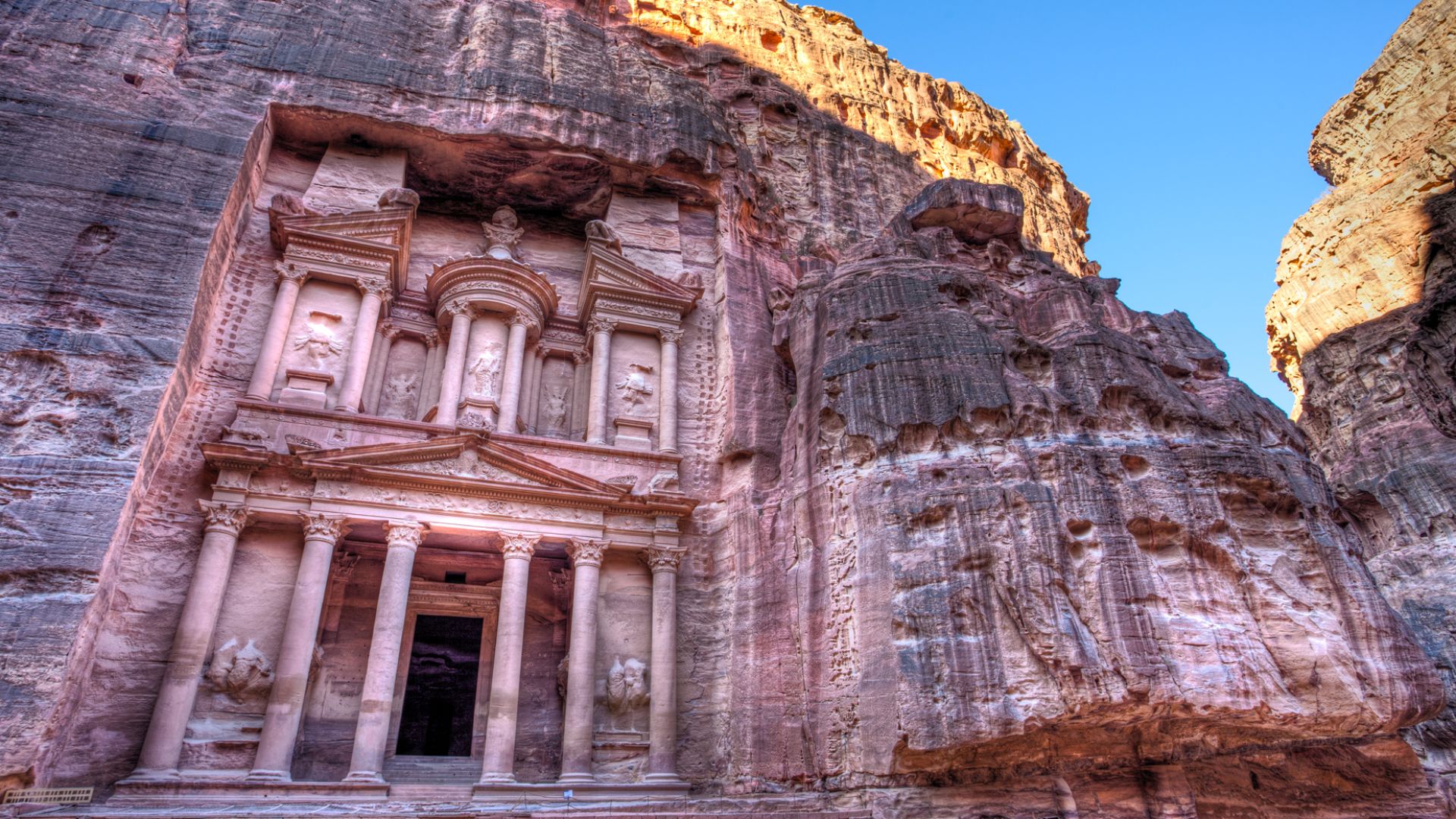 Anne Dirkse (www.annedirkse.com) on Wikimedia
Anne Dirkse (www.annedirkse.com) on Wikimedia
20. Mohenjo-Daro, Pakistan
At the heart of the Indus Valley Civilization, Mohenjo-Daro was a planned city with grid-aligned streets and multi-story homes. Built around 2500 BCE, it reflects sophisticated urban design unmatched for its time. No palaces, temples, or royal tombs have been found, and its script remains undeciphered.
KEEP ON READING

The 10 Youngest Monarchs In History & The 10 Oldest
Age Is Just A Number. Imagine being crowned king or…
By Chase Wexler Mar 11, 2025
You Think You Have Problems? These Royal Families Were Cursed
Boasson and Eggler St. Petersburg Nevsky 24. on WikimediaHeavy is…
By Ashley Bast Dec 5, 2025
You Can Thank This Greek-Canadian For Creating Pineapple On Pizza…
Love it or hate it, pineapple on pizza sparks debate…
By David Davidovic Dec 1, 2025
Yes, Australians Once Lost A Battle Against Flightless Birds
David Clode on UnsplashIn 1932, the Australian military went to…
By David Davidovic Nov 24, 2025
WWI Messages in a Bottle Just Washed Up on Australia’s…
Jayne Harris on UnsplashA century-old message in a bottle was…
By Cameron Dick Nov 13, 2025
Written By The Victors: 20 Names History Books Tried To…
History’s Forgotten Figures. It is said that history is written…
By Farva Ivkovic Jun 23, 2025

